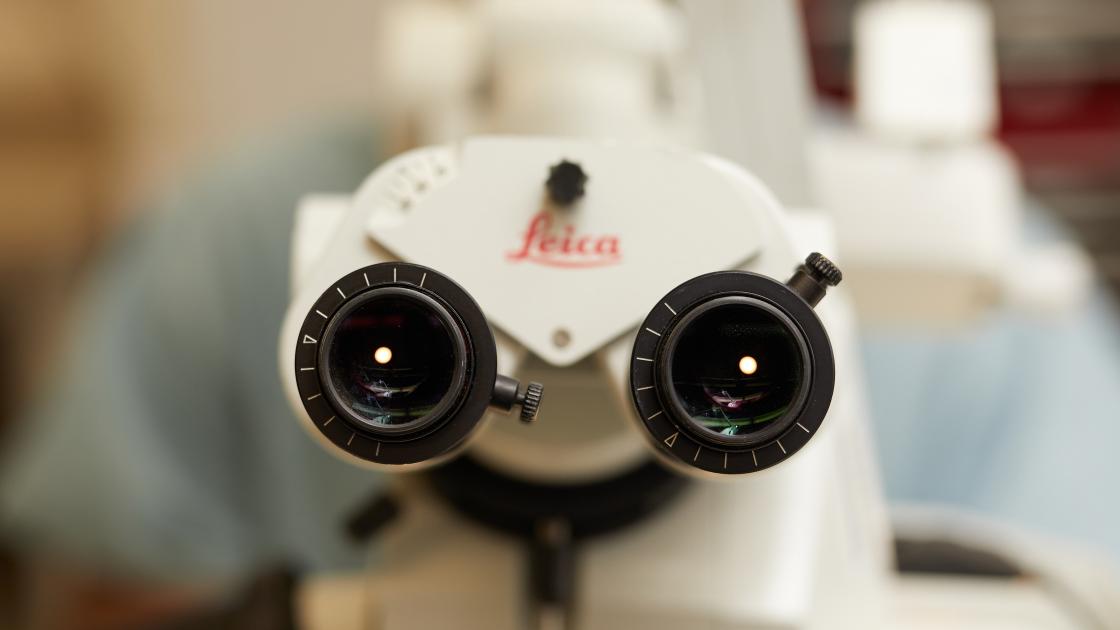
Finding the starting line for Alzheimer's
Where should research start in solving Alzheimer's? That's a tricky question to answer. What exactly are researchers looking for when trying to solve the Alzheimer’s puzzle?
“It depends on the researcher,” says Kevin Hascup, PhD. “Really, the tried and true biomarkers are three — amyloid, tau and neurofilament light chain, or what is known as A/T/N.”
A biomarker (molecules in blood, body fluid, and tissue) helps with understanding the changes that occur with age and disease onset. Each of the three A/T/N biomarkers progress in its own way in aging and with dementia. But no matter which biomarker scientists focus on, they are driving the field to explore the first signs of cognitive decline. The thought is, the faster we can identify that change, more effective treatments can be created.
Agreeing when it starts? That's a different and costly question, not only for researchers, but also patients.
"That’s the problem. A PET scan could be $6,000 to $10,000 here in Springfield, so most people can’t afford that, and insurance isn’t going to pay for it unless you’re in a study,” Hascup said. “So, what the field considers early is identifying the first sign of cognitive decline.
“That’s the tried and true method, but where scientists really want to drive the field toward is the biomarker that indicates changes before the cognitive decline is observed. That way we can intervene faster.”
There's also the question of which A/T/N biomarker provides that first and best clue to cognitive decline. Amyloid is generally considered to appear first. Tau correlates with disease severity or disease progression. The amount present in the brain is determined primarily through imaging. Then you have what’s referred to as neurofilament lightchain, which is determined through cerebrospinal fluid (CSF). It’s also the least expensive of the tests, and the field is quickly looking at specific CSF markers of tau as well.
All of this was designed in the last decade to give clinicians a better understanding of where they are in disease progression, Hascup said.
In addition, a significant amount of research has been moving into markers of inflammation. This includes risk factors such as toxins you inhale, obesity, hypertension, etc. and results in some kind of chronic inflammatory state. Over time, these small molecules, even if it’s just fat in your stomach, can move into your blood stream and cross into your blood. So, the more inflammation you have, the greater chance it's affecting the body as a whole.
To read more about biomarkers and how they help diagnose dementia, the National Institute on Aging provides additional information on types of biomarkers.



